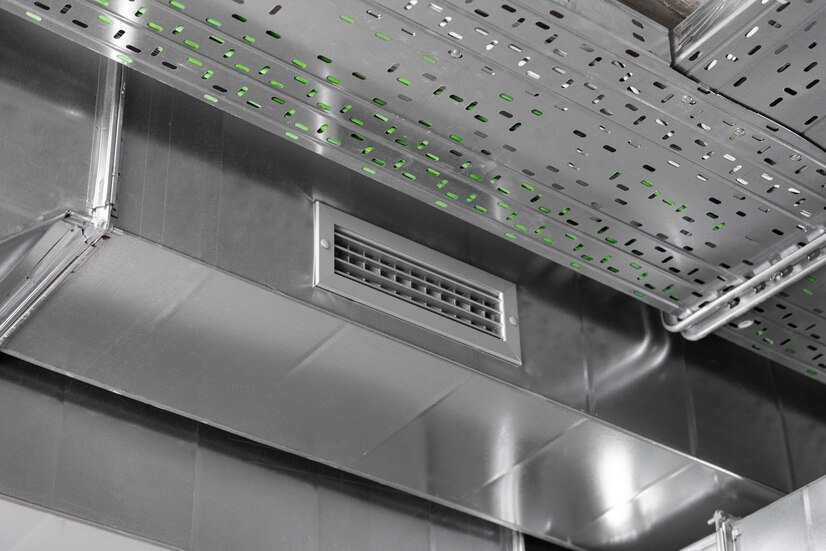Harmonious settings are more than just aesthetics in the fast-paced world of architecture and construction. Creating spaces that foster productivity, relaxation, and overall well-being is a multifaceted endeavour that encompasses various elements, including temperature control, air quality, and, crucially, noise management. While there are many new ways to meet this need, HVAC acoustic screen walls stand out as a powerful way to make indoor settings more harmonious.
The Need For Acoustic Solutions
In today’s urban landscapes, noise pollution is an ever-present challenge. From the incessant hum of traffic to the cacophony of construction activities, external sounds can infiltrate buildings, disrupting concentration, impeding communication, and compromising the overall comfort of occupants. Within interior spaces, HVAC systems play a vital role in maintaining optimal conditions, but their operation can also contribute to noise levels, particularly in commercial buildings, healthcare facilities, and educational institutions where constant airflow is essential.
The Role Of HVAC Acoustic Screen Walls
HVAC screen walls offer a strategic approach to mitigating noise generated by heating, ventilation, and air conditioning systems. These specialised barriers are designed to absorb, reflect, or diffuse sound waves, effectively reducing the transmission of unwanted noise from mechanical equipment into occupied spaces. By incorporating acoustic screen walls into building design, architects and engineers can create environments where tranquillity coexists with functionality, promoting productivity, comfort, and overall satisfaction among occupants.
Enhancing Comfort And Well-Being
One of the primary benefits of HVAC acoustic screen walls is their ability to enhance comfort and well-being in indoor environments. By minimising the intrusion of external and internal noise, these barriers create a more serene atmosphere conducive to concentration, relaxation, and restorative activities. In commercial settings such as offices and coworking spaces, reduced noise levels can improve productivity and concentration, leading to better job satisfaction and performance. Similarly, in healthcare facilities and educational institutions, where quiet environments are essential for patient healing and student learning, HVAC acoustic screen walls contribute to enhanced outcomes and experiences.
Optimising Performance And Efficiency
Not only can HVAC sound screen walls improve comfort and well-being, but they can also make heating, ventilation, and air conditioning systems work better and use less energy. By containing and controlling noise at its source, these barriers allow HVAC equipment to operate more efficiently, reducing energy consumption and operational costs. Moreover, by minimising the transmission of noise through ductwork and ventilation systems, acoustic screen walls help maintain airflow quality and consistency, ensuring optimal thermal comfort and indoor air quality for occupants.
Integrating Design And Functionality
An often-overlooked aspect of HVAC acoustic screen walls is their potential to enhance the aesthetic appeal of interior and exterior spaces. Although these barriers are mostly used for their practical purpose, they can also be changed to match a building’s style and design language, blending in with things like facades, walls, and greenery. Whether clad in sleek metal panels, natural wood veneers, or translucent materials, acoustic screen walls offer architects and designers a versatile canvas for creativity, allowing them to harmonise form and function in pursuit of holistic environmental design.
Conclusion
In the pursuit of harmonious environments, the role of HVAC acoustic screen walls cannot be overstated. By harnessing the power of sound attenuation, these innovative barriers enable architects, engineers, and building owners to create spaces that prioritise comfort, well-being, and performance. Putting up HVAC acoustic screen walls in places like schools, public spaces, and office buildings is a big change in the way environments are designed. These walls bring peace and function together to make people’s lives better and make the built environment better for everyone.


